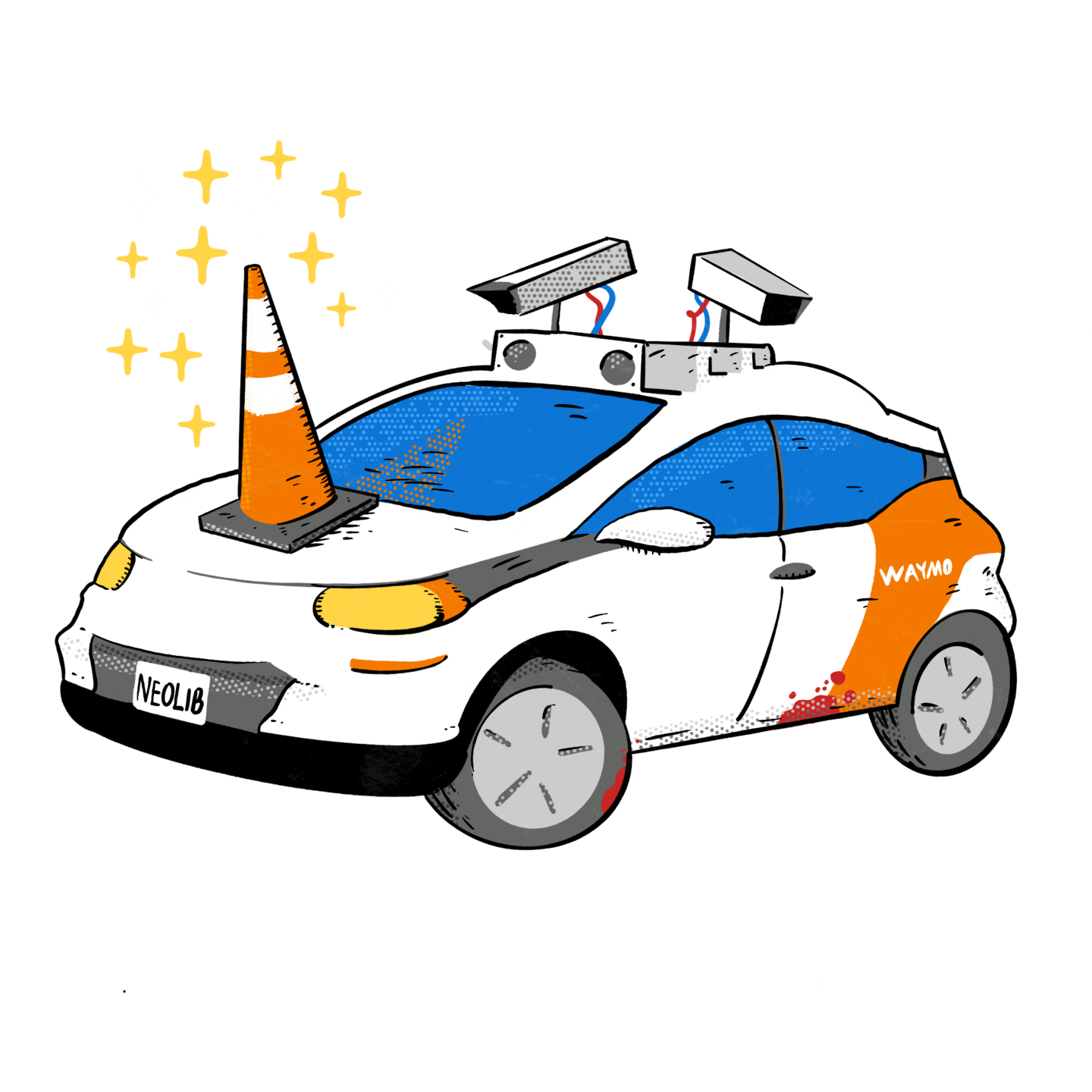TechCrunch – The Apple Car that never was: A timeline
Full original article by Sean O’Kane from TechCrunch
Apple’s secretive car project died without ever seeing the light of day. It’s a fitting end, considering we’ve collectively spent the last decade aware of it without really knowing too much about what the tech colossus was planning.
Neither has Apple, apparently. Dozens of contemporaneous reports over that span clued the public into the vague outlines of what Tim Cook was trying to accomplish. But even as thousands of people cycled through the so-called Project Titan — to the point that at times it felt like almost every EV engineer in the industry was obligated to do a tour of duty — the fine details remained obscure. The only thing that ever seemed certain was that Apple couldn’t settle on what, exactly, it wanted to build for more than a year or so at a time.
Tuesday’s shock announcement, made internally and ferreted out initially by Bloomberg’s Mark Gurman, brings an end to that decade of speculation. The end of Project Titan will surely spark new questions about the state of the EV and AV industries, or where Apple will find its next big source of revenue. It also offers a chance to reflect on how remarkably scattershot the project was in the first place.
Apple’s modus operandi is to let others establish new categories, and then use its design and logistics muscles to grab hold of the market and squeeze. It’s trying to do that now with the Vision Pro. Over the sweep of Project Titan, though, it was never clear which category Apple wanted to remake: autonomous vehicles, or electric cars. At times it looked like one or the other, and for a stretch it seemed like Apple would try both. That unwillingness to commit may be what ultimately doomed the project.
2013
Apple had its eye on the electric vehicle space before it truly spun up Project Titan. The San Francisco Chronicle reports in 2013 that Apple’s M&A whiz, a former Goldman Sachs banker named Adrian Perica, secretly met with Elon Musk.
Perica had been on a buying spree at that point for Apple, and Tesla was still struggling to establish itself as an EV automaker as it ramped production of the Model S sedan.
Nothing comes of the meeting, though it wouldn’t be the last time Apple and Musk would cross paths. It’s also right around this time that Tesla poaches Doug Field, who helped lead many Apple hardware design efforts, to become vice president of its vehicle program.
2014
Apple secretly begins working on Project Titan, accumulating talent from legacy automakers like Ford and Mercedes-Benz, as well as employees from other internal divisions. Cook reportedly approves the project and gives iPhone and iPod lead (and former Ford engineer) Steve Zadesky the freedom to build a team of 1,000 people to operate off-site.
Meanwhile, Apple executives tour the world looking for partners, or perhaps even just advice. Some meet with contract manufacturers like Magna Steyr, while Cook reportedly personally tours BMW’s facilities.
2015
The reporters are on to Titan. The Financial Times breaks the news in February that Apple has been hiring automotive experts to work in a secret research lab, and The Wall Street Journal immediately follows that up by reporting that the company is working on an electric vehicle that it describes as “minivan-like.” The WSJ report also claims that self-driving tech “is not part of Apple’s current plan.”
The news is a shock, though the automotive industry initially shrugs it off. Dieter Zetsche, who was the head of Mercedes-Benz parent company Daimler at the time, says one week later that he isn’t losing any sleep over Apple’s interest in building a car.
The hunt is on for more information. People hone in on the fact that Apple hired designer Marc Newson, who once created a concept car for Ford. Time Magazine asks: Could that be a hint of what Apple wants to make? AppleInsider finds the off-campus building — which has its own codename, SG5 — where the Project Titan team has set up shop.
At Apple’s shareholder meeting in March, someone tells Tim Cook he wants the company to buy Tesla. Cook dodges and says he’d like Tesla to adopt CarPlay. By this time, Tesla has hoovered up at least 150 Apple employees, far more than from any other company.
In May, chief operating officer Jeff Williams says at an event: “the car is the ultimate mobile device, isn’t it?” Apple still hasn’t publicly confirmed the project, though.
Things accelerate. Germany’s Manager Magazin reports in July that Apple has spoken to BMW about leveraging the EV tech that powers its i3 compact car. The Guardian turns up documents in August that show, actually, Apple is interested in developing a self-driving car and that it’s scouting for locations to test the tech. Cook meets with then Fiat-Chrysler boss Sergio Marchionne.
The New York Times reports in September that Apple is still split on whether it should chase a self-driving car, an electric vehicle or both — an omen for the many pivots ahead. But the project is up to 600 people and Apple is pulling people from other teams, like the one working on the Watch, to help move it forward. Apple is also building out Titan’s ranks with Tesla employees. Musk calls Apple the “Tesla graveyard” but says “the car is the next logical thing to finally offer a significant innovation.” The Wall Street Journal reports that Apple is targeting an aggressive 2019 ship date.
